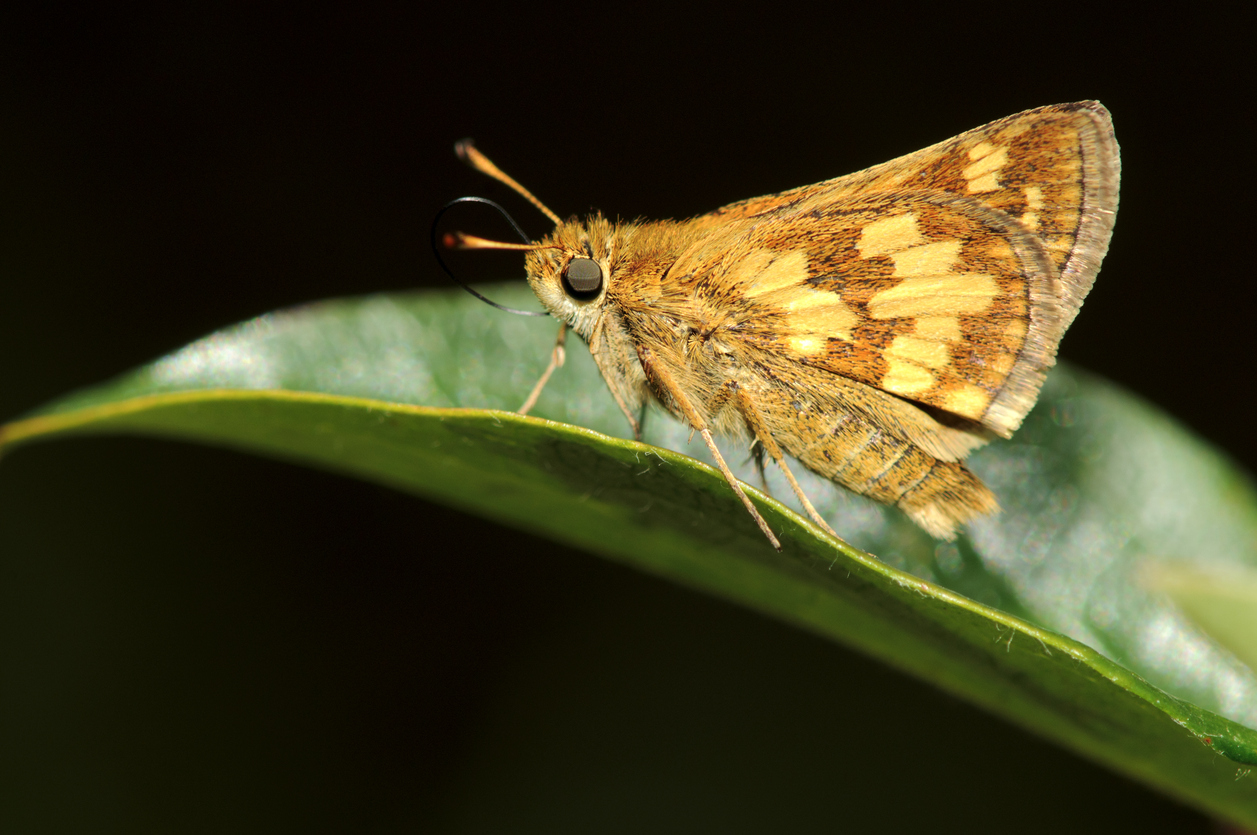Moth Facts & Information
Moth Overview
Moths, often overshadowed by their more celebrated cousins, butterflies, are a diverse and fascinating group of insects that belong to the order Lepidoptera. With over 160,000 known species worldwide, moths far outnumber butterflies and exhibit an incredible range of sizes, shapes, and colors. These nocturnal creatures are renowned for their remarkable adaptations, including intricate camouflage, sensory antennae that help them navigate in the dark, and some of the most astonishing metamorphic transformations in the animal kingdom. Moths play critical roles in ecosystems as pollinators and as a vital part of the food chain, serving as a food source for various animals. While some moths are considered pests due to their impact on agriculture and textiles, others are celebrated for their beauty and ecological significance. Studying moths unveils an enchanting world of biodiversity and ecological interconnectedness that continues to captivate scientists and nature enthusiasts alike.
What do Moths Look Like?
Moths exhibit a wide array of appearances, but they typically share several distinctive features. These insects are characterized by their flattened bodies covered in scales, which give them their trademark powdery or furry appearance. Moths come in various sizes, with wingspans ranging from just a few millimeters to over a foot in some species. Their wings often sport intricate patterns and colors, which can vary from drab and earth-toned camouflage to vibrant and striking hues, depending on the species. Moths usually have large, membranous wings that are held flat when at rest, in contrast to butterflies that often fold their wings vertically. Their antennae are notable, often feathery or thread-like, and serve as essential sensory organs for detecting pheromones and environmental cues. While moth species differ greatly in their specific physical characteristics, these general features help distinguish them from their close relatives, the butterflies.

Not the pest you are looking for?
Check out our pest library to see what other pests we have articles on
Moth Pest Control
Moth pest control is a crucial aspect of managing and protecting various industries, including agriculture, textiles, and stored food products. Moths, particularly species like the Indian meal moth and clothes moth, can cause significant damage by infesting crops, fabric, and stored grains. Integrated pest management (IPM) techniques are commonly employed to control moth infestations. This approach involves a combination of methods, including sanitation, proper storage practices, and the use of traps, pheromone lures, and chemical insecticides when necessary. Additionally, preventive measures like sealing cracks and gaps in storage facilities and maintaining cleanliness are key to minimizing moth infestations. Sustainable and eco-friendly alternatives are also increasingly popular, as they aim to reduce the environmental impact of moth control while effectively managing infestations.

